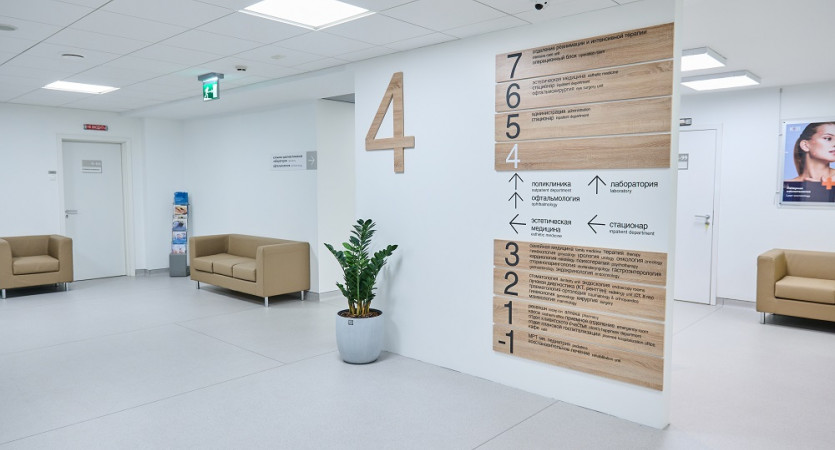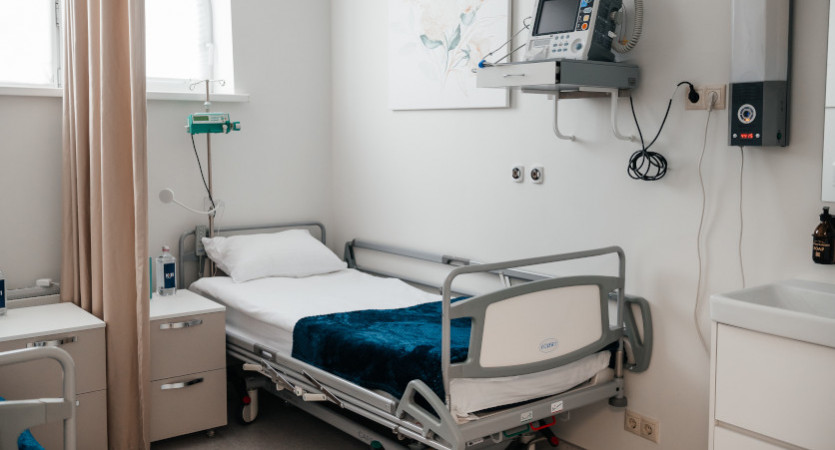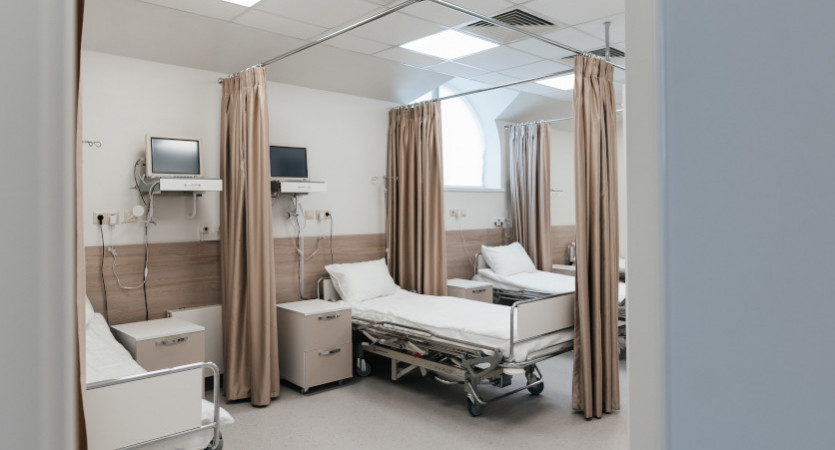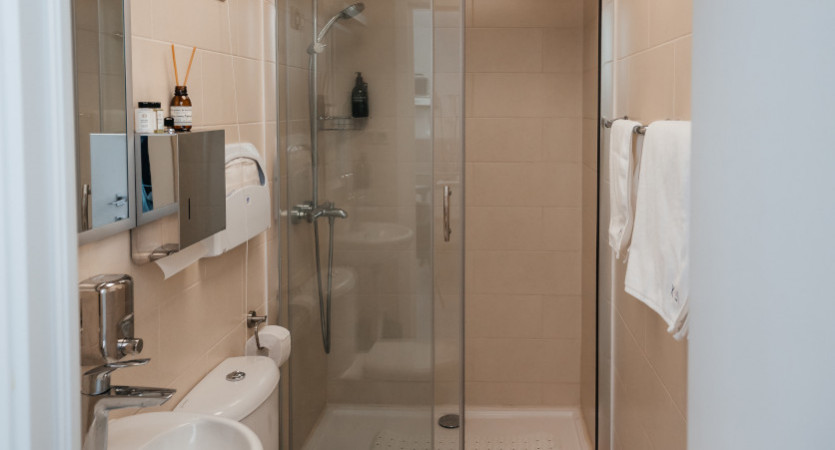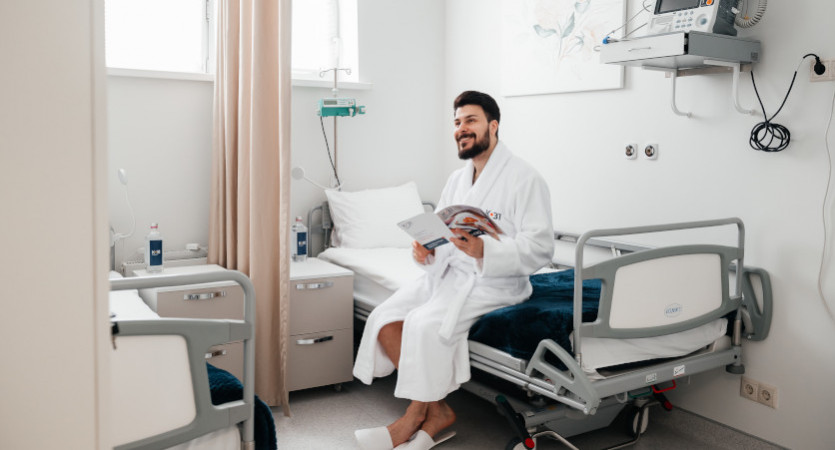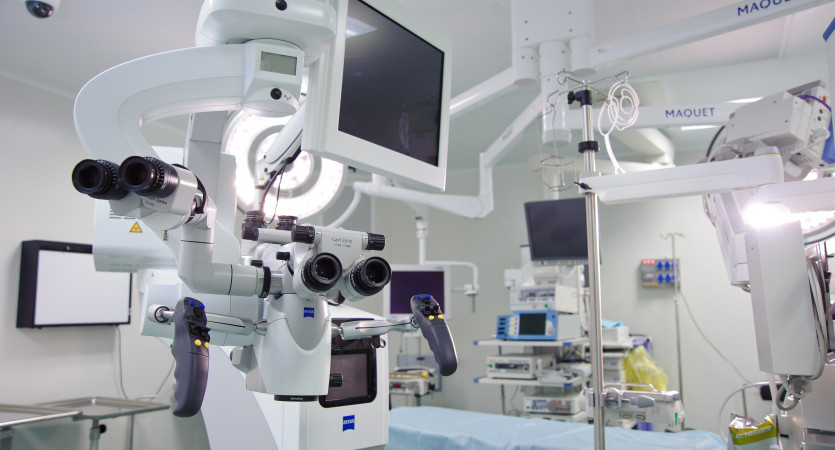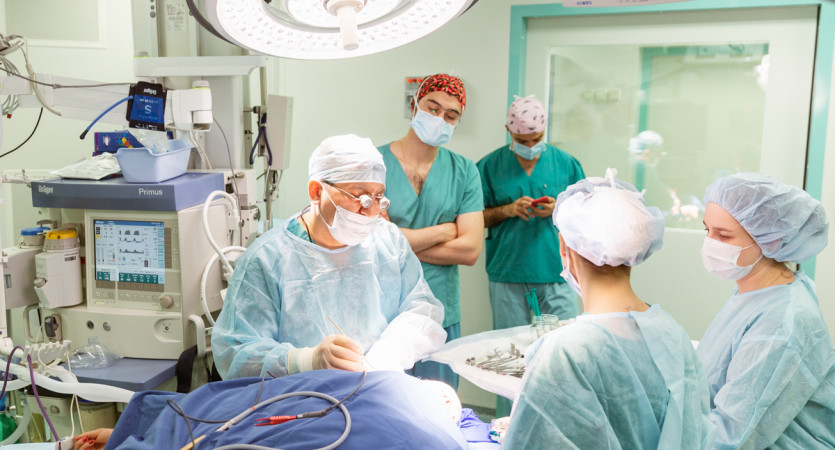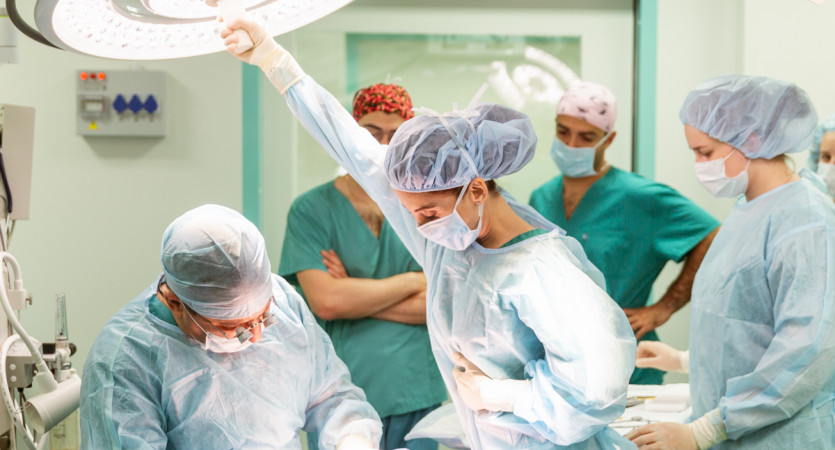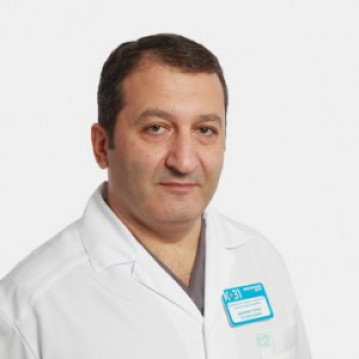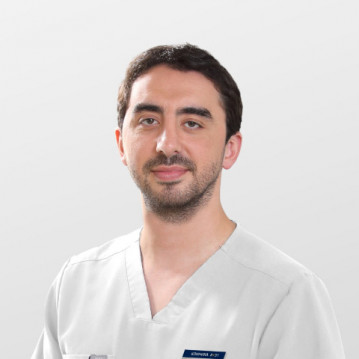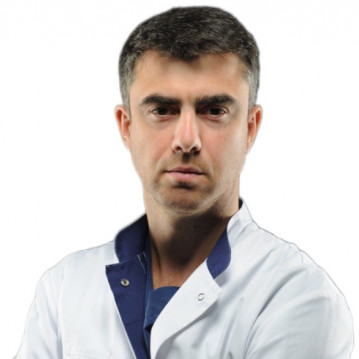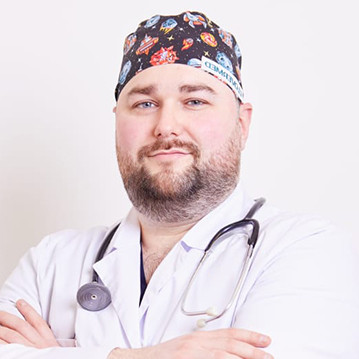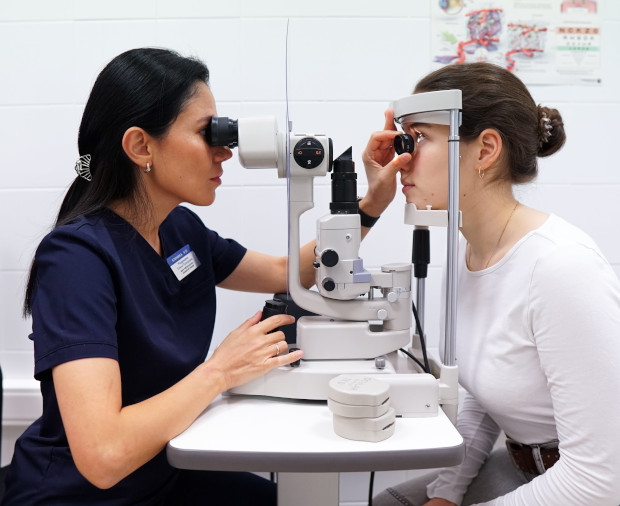Phalloplasty
Phalloplasty is a surgical procedure designed to create or restore the penis after injury, congenital genital pathology, forced amputation. Thanks to innovations in the field of medicine, this method has become an accessible and effective way to correct the penis for those who have encountered its curvature, compaction, and reduction in size. Despite the complexity of the procedure, modern techniques provide a natural appearance and functionality.

specialists

equipment

treatment
What is the essence of phalloplasty?
Among the main goals of the procedure, doctors highlight the following:
- Formation of a genital organ suitable for sexual contact in length and thickness
- Restoration of sensitivity and aesthetic aspect
- Extension of the urethra to the end of the head
- Possibility of achieving orgasm
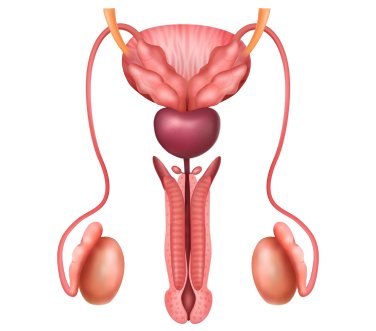
Basic phalloplasty techniques:
- Thoracodorsal flap In this method, a flap of skin is taken from the latissimus dorsi muscle area (thoracodorsal region). This flap includes a vascular pedicle and nerve, which provides blood supply and sensation to the new organ. After extraction, the donor area on the back is covered with skin from an adjacent area. The flap is then attached to the pubic periosteum and to the vessels of the epigastric region. After successful engraftment, additional correction can be performed to create the urethra and other anatomical structures.
- Radial flap (phallourethroplasty) This method involves taking two skin flaps from the forearm. The essence of the method is that the neophallus and neourethra are formed simultaneously, which simplifies the procedure. The vein and arteries of the flap are connected to the vessels of the lower epigastric zone, and the nerves are connected to the dorsal nerve of the penis. This method allows not only to obtain a good aesthetic result, but also the ability to go to the toilet standing up.
Types of operations
Innovative phalloplasty
Plastic surgery using innovative prostheses for penile curvature is a surgical operation aimed at correcting the shape of the penis. During the procedure, the patient is given a prosthesis that helps maintain the penis in the desired position. It consists of several components, including a pump that is located in the scrotum. A man can independently regulate the degree of rigidity of the penis by activating the pump and changing the volume of the prosthesis, which affects the degree of erection. The size of the penis after surgery remains unchanged.
Operation Sapozhkov-Reich
When there is significant damage to the penis and surrounding tissue due to trauma or infection, the surgeon may prescribe the Sapozhkov-Reich operation. It is usually considered an effective way to restore the penis in cases where its complete reconstruction is not required.
During the procedure, the doctor first removes the damaged areas and then places the penis under the skin of the pubic area, leaving only the head outside for further restoration using the surrounding tissue. This approach allows for the function and appearance of the penis to be restored in a short time. The material for skin restoration can be taken from various areas of the body, including the inner thigh.
Prosthetics of cavernous bodies
Let's consider technologies that are associated with prosthetics of the cavernous bodies. This practice is used when it is necessary to ensure the ability of the neophallus to erection, which is relevant both during the period of post-traumatic recovery and in the presence of problems with erectile function.
When performing prosthetics of the cavernous bodies, surgeons use inflatable (hydraulic) or semi-solid silicone implants. The former are installed inside the penis to simulate a natural erection, while the latter allow the necessary shape to be maintained.
The process of penile prosthesis includes a number of consecutive stages and begins with a thorough medical examination of the patient, during which the condition of the genitourinary system is assessed. The operation is performed in a hospital setting, using spinal anesthesia for pain relief.
During the surgical procedure, the doctor chooses the most appropriate method of access to the cavernous bodies of the penis. Depending on the specification and type of prosthesis being installed, the incision can be made under the pubis, in the scrotum area, or through the foreskin.
The selected endoprosthesis is carefully implanted into the cavernous bodies. After the implantation stage is completed, the wound is sutured. After the operation, the patient must be under medical supervision for several days to monitor the health condition and the wound healing process.
The recovery period after a penile implant is variable, but typically lasts between 4 and 5 weeks. During this time, postoperative swelling subsides and the patient can gradually return to their normal routine, including resuming sexual activity.
Penile plastic surgery receives many positive reviews. Thanks to advanced methods, modern surgeons are able to recreate the organ without visible traces of the operation. Most men who have undergone such an intervention express their satisfaction with the results.

Indications for penile surgery include:
- Congenital anomalies of penis development (diphallus, micropenis, hidden penis and others)
- Injuries or diseases that cause deformity or amputation
- Desire to change gender
- Erection problems that require the installation of special implants

Like any surgical intervention, penis surgery has a number of absolute and relative contraindications.
The first group includes:
- Chronic diseases of internal organs
- Blood clotting disorders
- Autoimmune diseases
- Diabetes
- Oncology
Relative contraindications imply that surgical intervention is possible, but after the patient has fully recovered. These include venereal diseases, inflammatory processes in the groin area, or psychological problems. In these cases, additional consultation and preparation are necessary.
General information about the procedure
Plastic surgery at K+31












This award is given to clinics with the highest ratings according to user ratings, a large number of requests from this site, and in the absence of critical violations.

This award is given to clinics with the highest ratings according to user ratings. It means that the place is known, loved, and definitely worth visiting.

The ProDoctors portal collected 500 thousand reviews, compiled a rating of doctors based on them and awarded the best. We are proud that our doctors are among those awarded.
Make an appointment at a convenient time on the nearest date
Price
Other services
Correction of congenital chest deformities
Surgical correction of Poland's syndromeReconstruction of the mammary glands after oncology
Correction of previous operations Recovery after injury Scar correction Autodermoplasty Rhinoseptoplasty Revision rhinoplasty Upper eyelid surgery Lower eyelid surgery (transconjunctival) Lower eyelid surgery (classic) Complex (circular) blepharoplasty Asian eyelid surgery Elimination of entropion or ectropion of the eyelids Earlobe correction Formation of the auricle Plasty of protruding (protruding) auricles Rhinoplasty Diagnosis and removal of benign skin neoplasmsReviews 10





